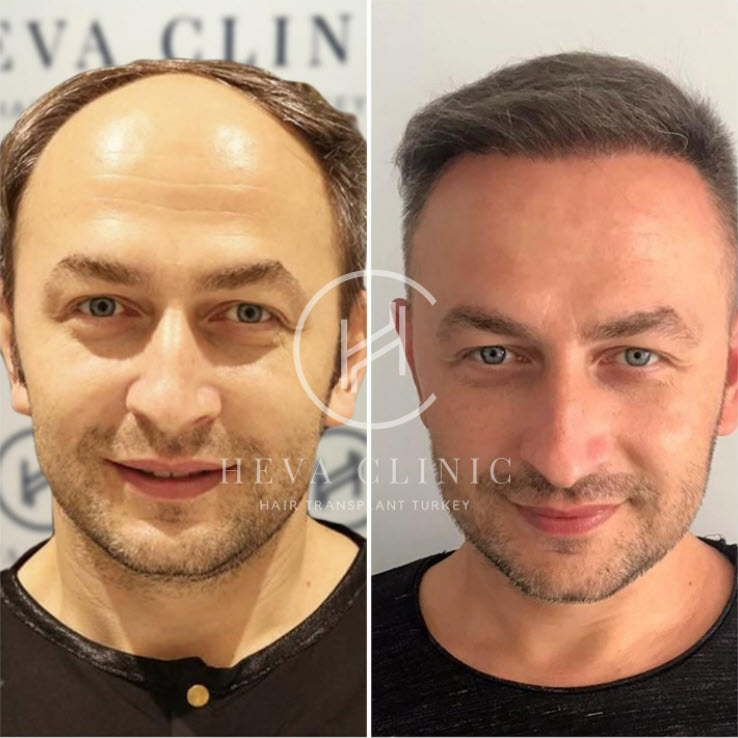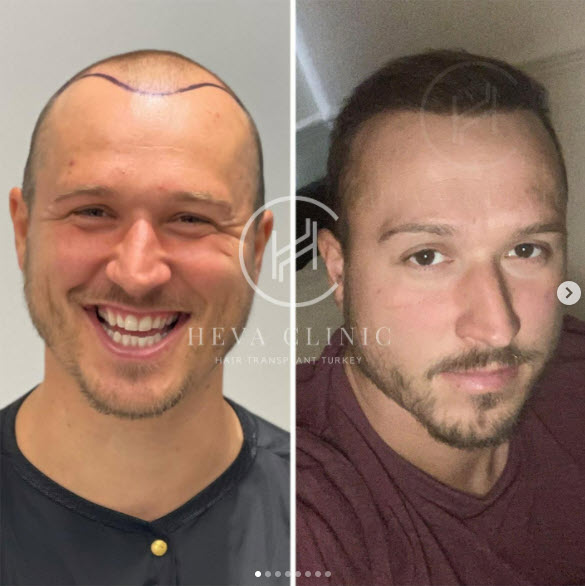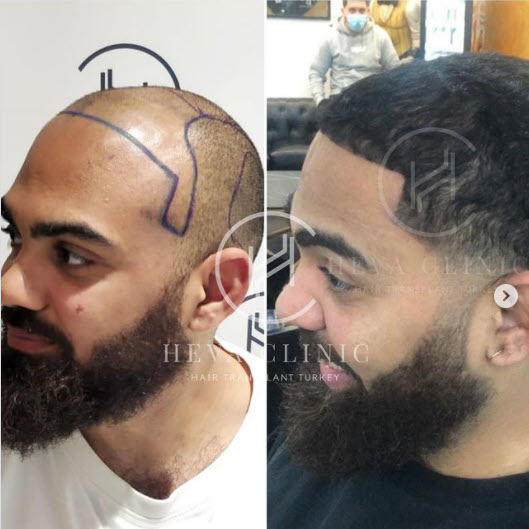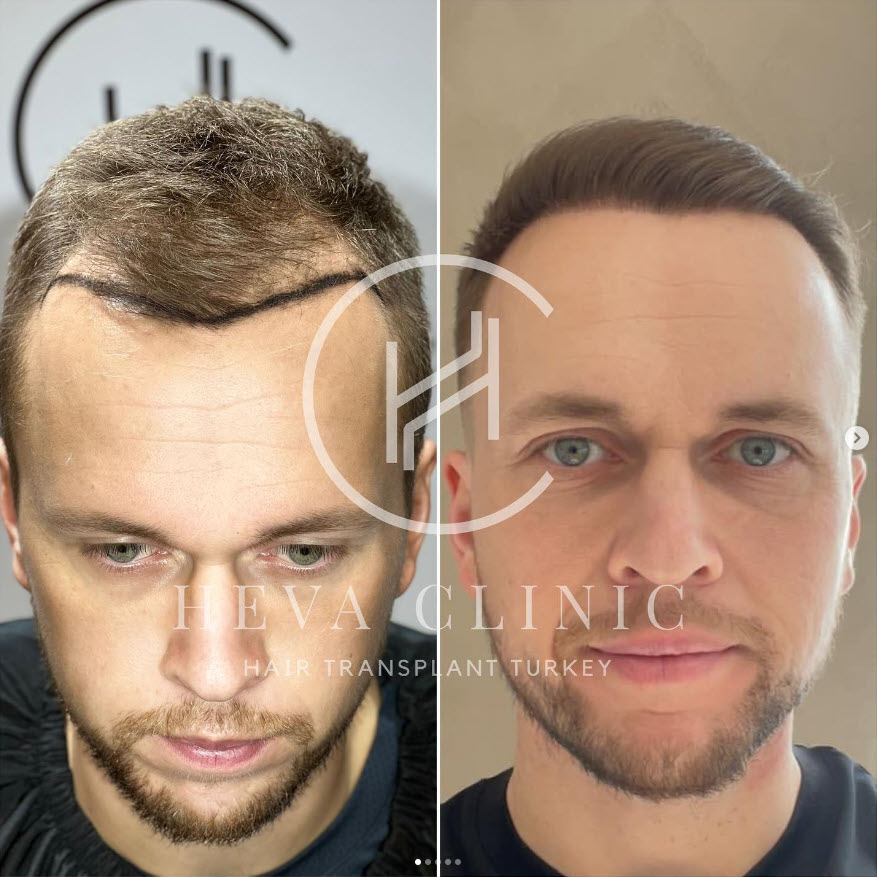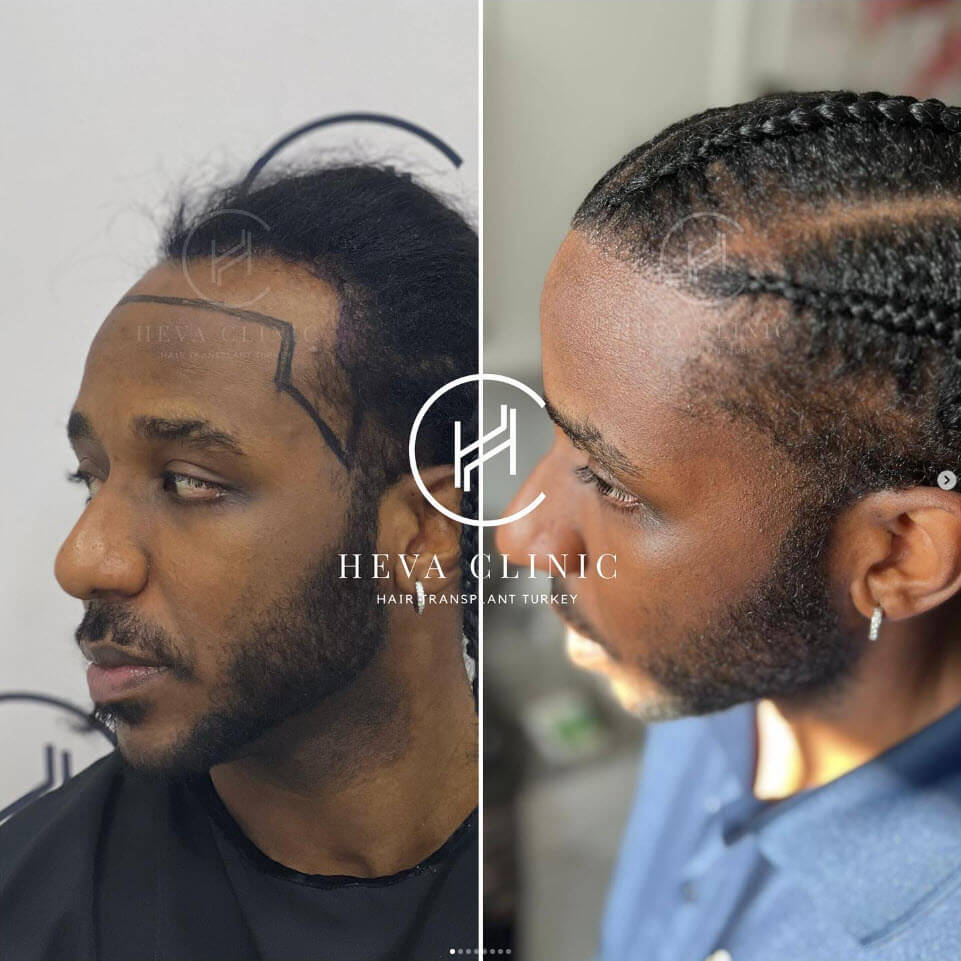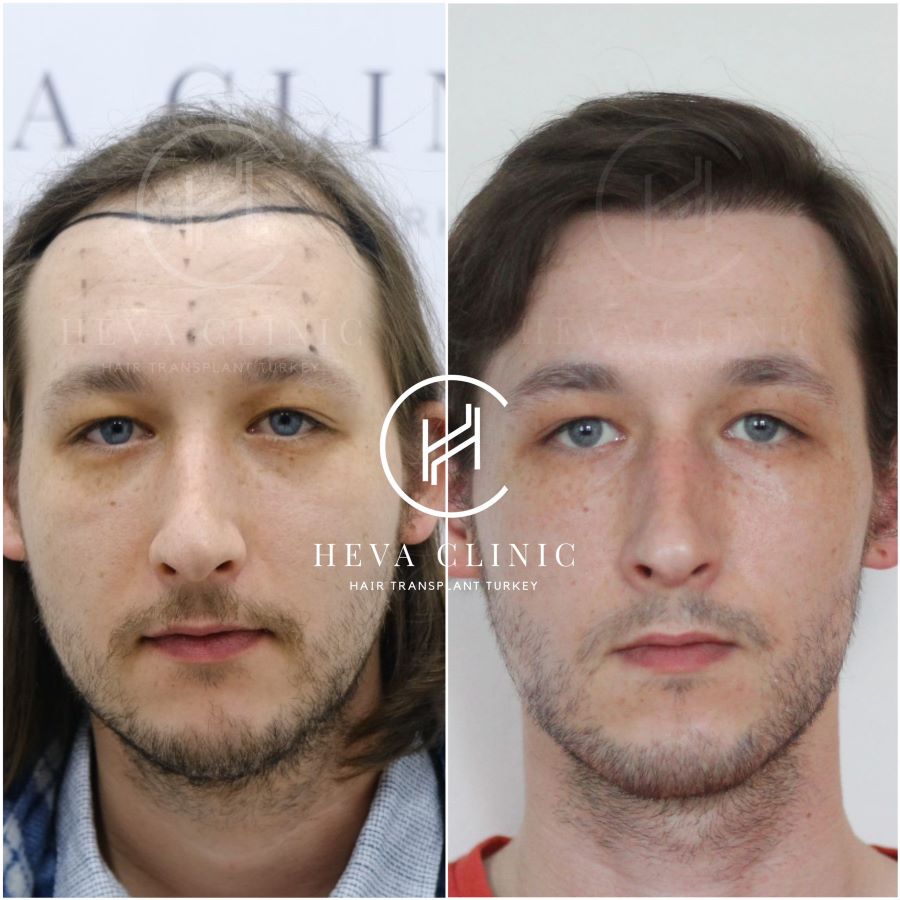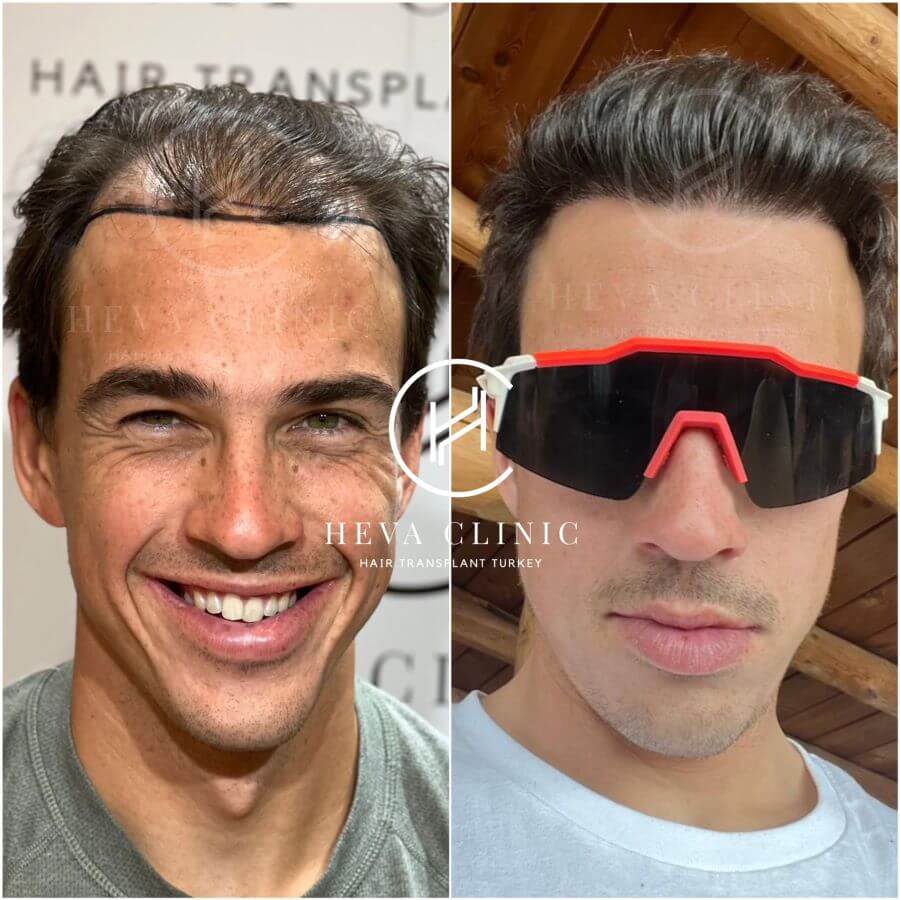Do I need to take finasteride after a hair transplant? Doesn’t it work without finasteride? These are the most frequently asked questions by hair transplant candidates. Here, we will provide you with some insight and clear answers to your questions.

Hair transplant operations can be life-changing for a lot of people. Because of the effects of hair loss and baldness on social life and people’s opinion of themselves, regaining a healthy hair look can improve the quality of life. However, hair transplant is not a one size fits all treatment. The causes of hair loss and possible progression in the future should be carefully considered for successful and lifelong results.
Male pattern baldness generally persists over time and causes high risk of losing more hair throughout the years. This is why if you are considering getting a hair transplant to remedy the effects of male and female pattern baldnesses, you need to carefully consider a plan for the future.

Two main options
If you’d like to keep your fully head of hair, then you have two main options:
1- Using a preventative medication to inhibit further hair loss and keeping your natural and the transplanted as they are designed
2- Not using any medication, losing your natural hair partially and getting a second hair transplant down the line.
What is finasteride?
The preventative approach involves the use of a medication called finasteride, in other words Propecia. Finasteride is the generic name while Propecia is the branded form of the medication. This is why Propecia is commonly used in place of finasteride. Lots of scientific studies prove that this medication is known to prevent hair loss caused by male and female pattern baldness. The use of finasteride has been a topic of question amongst both patients and surgeons for a long time.
Do you need to take finasteride after a hair transplant?
As a hair transplant candidate, you might have heard about this medication that everybody talks about and thinking “is finasteride necessary after hair transplant?”. Finasteride slows down and may stop hair loss caused by a hormone called dihydrotestosterone (DHT). Finasteride works by inhibiting the production of DHT and reduces hair fallout if it is used on an ongoing basis.
Even though hair transplant is a permanent solution to hair loss, it is still possible to lose hair outside the transplanted areas. This can lead to an undesired look as male and female pattern baldness progress. Taking finasteride after a hair transplant can prevent hair loss in the future and help you preserve a head full of hair that you naturally possess. If you are worried about the progression of your hair loss in the future and are unable or unwilling to go through a second hair transplant in the future, taking finasteride can be the best option for you.
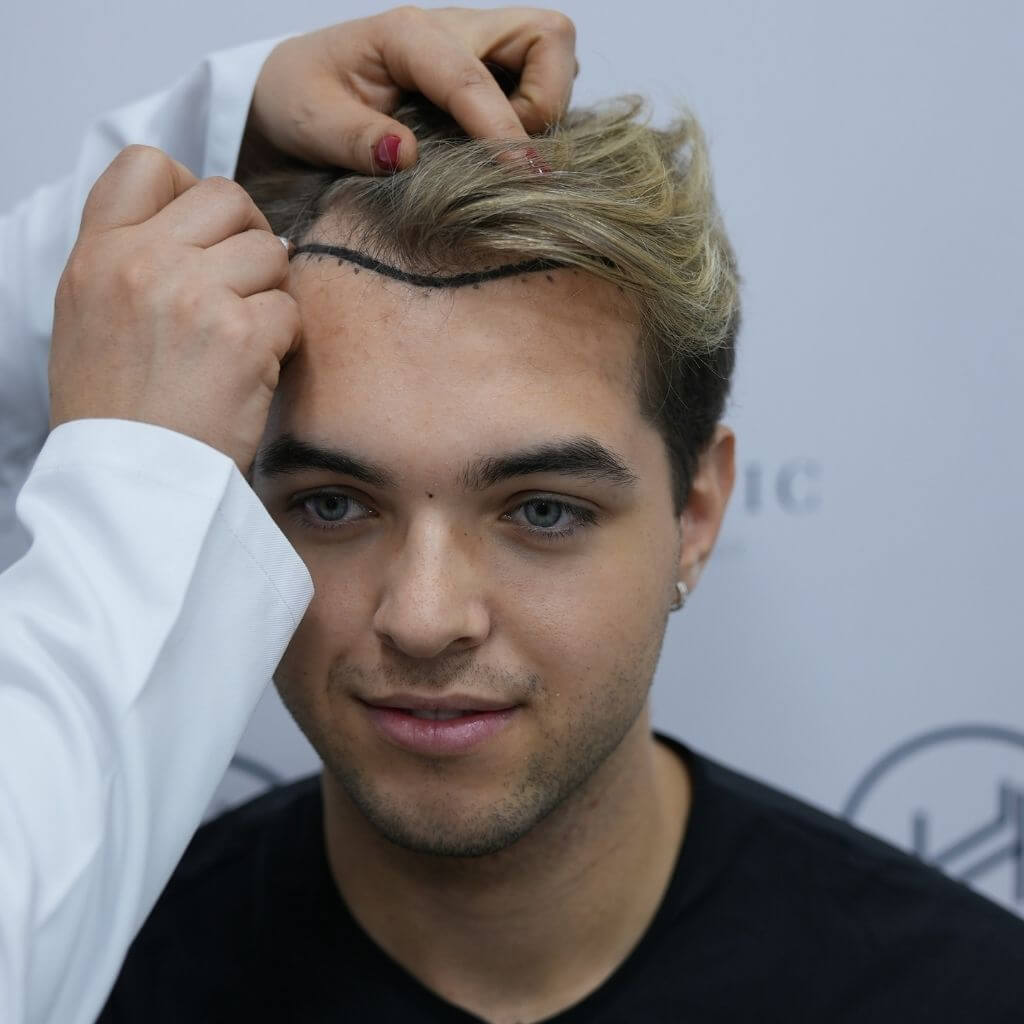
What does science say about finasteride?
There are a lot of clinical and theoretical research on the effects of finasteride pill and topical finasteride. A reliable scientific paper shows that the production of DHT can be reduced by approximately 68-75% with topical finasteride and by approximately 62-72% with finasteride pill. It is also shown that a combination of topical and oral finasteride can provide great results in maintaining hair density in the long term.
What about before a hair transplant?
It is also possible to start using finasteride before a hair transplant. Finasteride does not interfere with the hair transplant procedure. Therefore, it is okay for you to start finasteride before a hair transplant. In fact, starting finasteride before the is recommended by surgeons in some cases, including having a weak or insufficient donor area.
A clinical study conducted to investigate the effect of finasteride on maintaining hair density shows that using finasteride starting from 4 weeks before your surgery and 48 weeks after your surgery improves hair growth in the non-transplanted areas. The study demonstrates that 94% of patients who took finasteride show improvement in hair growth while only 64% of patients who have gone through hair transplant without finasteride could show improvement.
Is it okay to stop finasteride before a hair transplant?
Yes, can be okay to stop finasteride before a hair transplant depending on the case. In fact, your surgeon might ask you to stop taking finasteride a couple of months before your hair transplant surgery to be able to observe the natural state and progression of your hair loss; once the thinned or bald areas are treated and covered with transplanted hair, you can go back to using finasteride under your surgeon’s advice and guidance to maintain the hair density.
Can I have a hair transplant operation without Finasteride?
The short answer is yes. Finasteride is a medical solution to hair loss that can help you preserve your natural hair, and it is possible to have a hair transplant operation without finasteride.
The use of this medication should be based on the case and your preference. Keep in mind that finasteride is not a one-time solution. You will need to use it frequently to keep its benefit. If you are not planning to use it after your hair transplant, you should be okay with the possibility of losing your own hair or getting a second hair transplant operation.
What happens when you stop taking finasteride after hair transplant?
If you stop taking finasteride, the positive effect of the medication would gradually disappear and you might not be able to keep your natural (not transplanted) hair as health and thick.
Do you have to take finasteride forever?
As we have mentioned, finasteride or Propecia should be used consistently to show its effect. This might mean that you will have to use Propecia as long as you want to keep your natural hair. Therefore, if you want to prevent your hair loss throughout your life, you will have to take finasteride forever. The medication has been on the market since 1992, for more than 30 years, and studies show that it is safe to use finasteride over a long period of time.
Please consult with your GP and make sure to discuss the effects of finasteride before deciding whether a hair transplant without finasteride or with finasteride is more suitable for you.
Do I need a prescription for Finasteride (Propecia)?
The answer depends on the country that you are in. If you are willing to buy finasteride in the US, UK, Australia, Canada and the majority of Europe, you need a prescription. However, you don’t always need to see your doctor to get a prescription; you may call your doctor or get the prescription online to be able to purchase Finasteride.
On the other hand, some countries like Turkey, Mexico and India, it’s possible to buy Finasteride at pharmacies without a prescription. It’s worth noting that our clinic recommends you consult your doctor before starting to take any medication including Finasteride (Propecia).

